Chances are, if you’re into film photography, you’ve at least heard the terms ‘pushing’ and ‘pulling’ film. In a nutshell, pushing or pulling film involves rating your film at a speed different from what’s indicated on the box. You then adjust for this difference during development. Pushing means assigning a higher speed, while pulling means assigning a lower speed. During development is where the real magic happens. You’ll need to adjust your process times. If you get your film developed by a lab, you’ll need to ensure that you mark your rolls accordingly, so they know what to do.There’s a heap of reasons for doing so, perhaps you’re shooting expired film (there’s a whole other kettle of fish…) looking for more versatility or even going for a specific look. There’s an excellent breakdown guide here: The Darkroom
Tri-X is one of my favourite film stocks, and I quite often shoot with it at 1600 iso. I mainly do it for the versatility when shooting in low light, or trying to capture faster action. I have young kids, and tend to shoot without a flash indoors, and then step outside and continue with the same camera.
After being gifted a brick of Kodak Tri-X 400, I realised I had a fair bit of film sitting in the fridge, so I decided to see what would happen if I went further, and decided to push some Kodak Tri-X to 3200. It doesn’t seem, at least from what I could tell, that it’s something a lot of people do.
What better time to experiment with film than a weekend away with family and friends? We had a long weekend here in Western Australia, so my family and I loaded up the car, I grabbed my trusty Nikon FM2n and headed south to the town of Dunsborough, approximately a 3 hour drive from home. A quick detour to the local boarding kennel, a lovely place called Canine Country Club, and we were on our way.
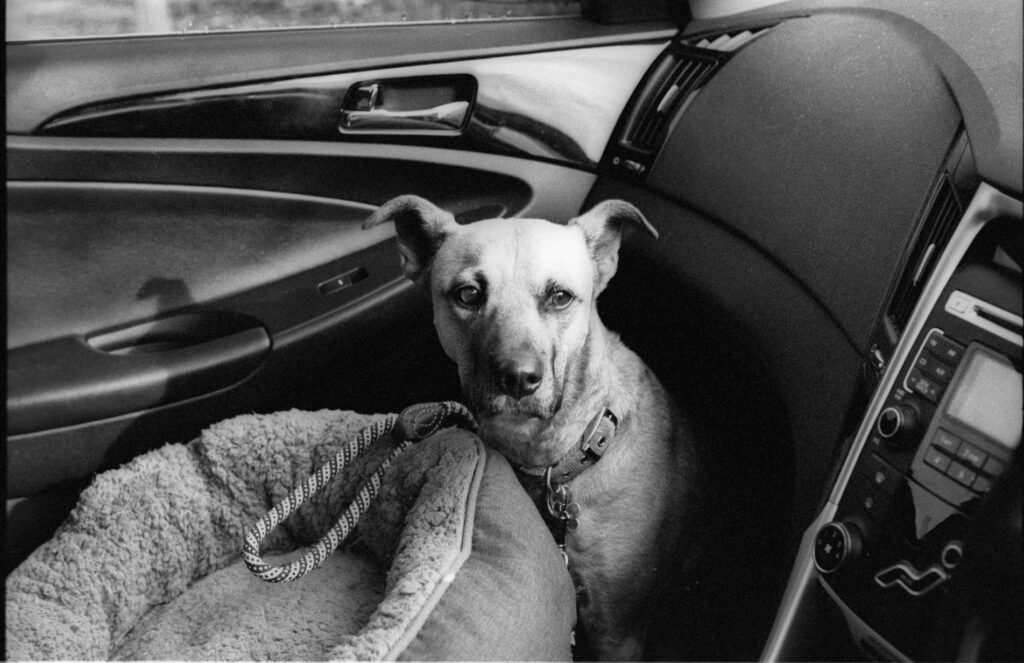
Storms were forecast for most of the South West for our time away, and we soon ran into wet weather. Noticing the way the water was running across the window, I had to get an image of it. This was one of the first images I looked properly at after developing, as I couldn’t work out what the heck it was at first!
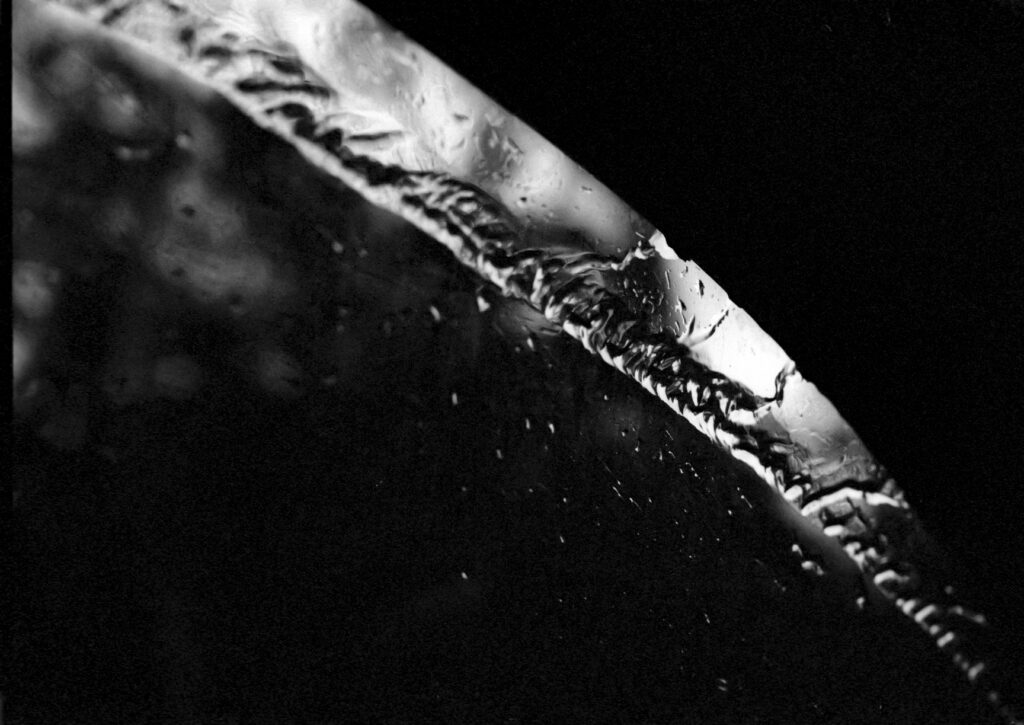
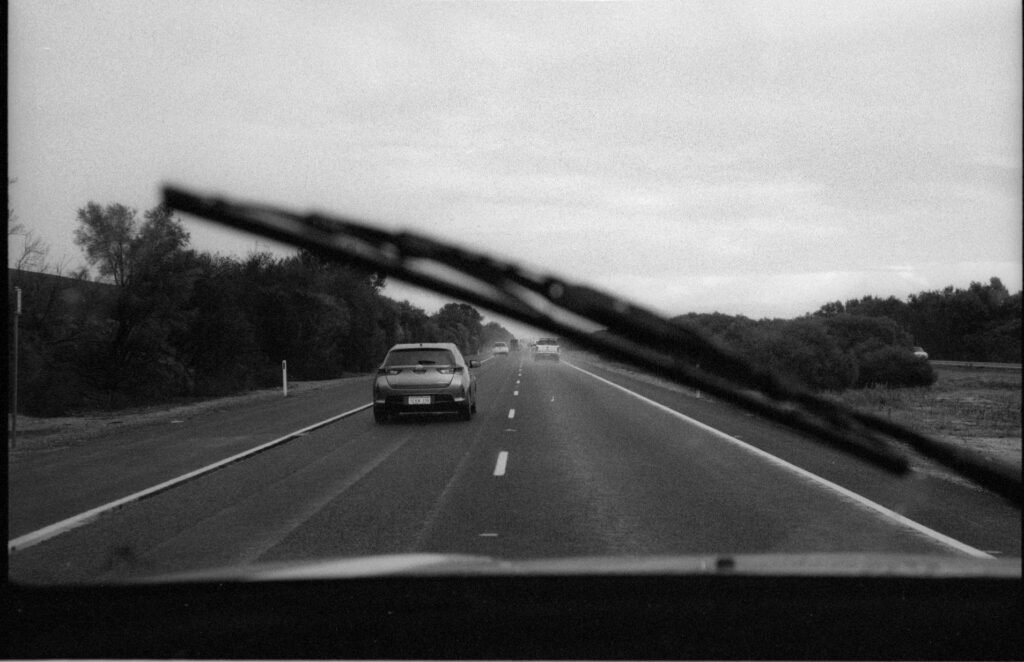
Just over halfway, and the kids were growing restless. Trying to keep two kids who are both under ten entertained in the car can sometimes be a challenge. Numerous rounds of I-Spy, car spotto and sing-alongs later, we pulled into a carpark at a local skate park for a stretch and a play. If you ever need some spare shoes, I can recommend a place!
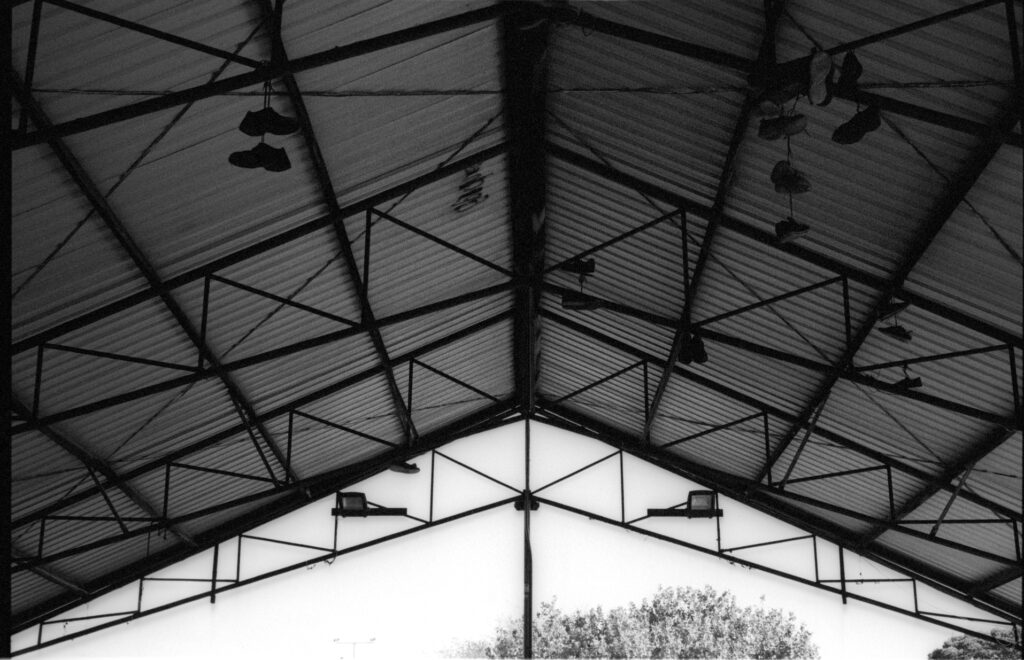
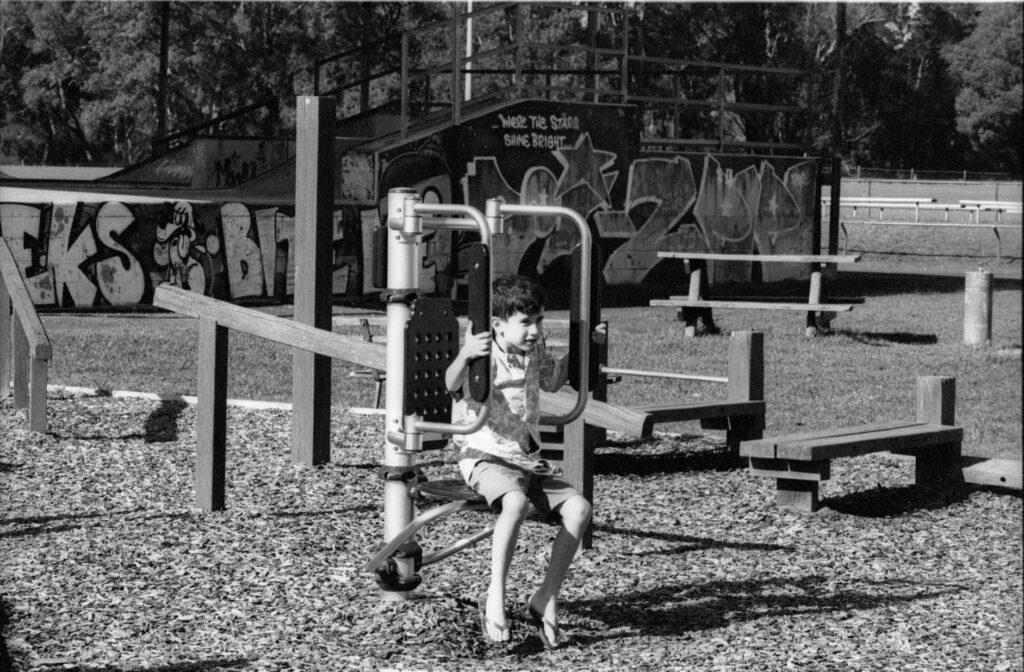
I finished the roll on the rest of the trip to Dunsborough, and decided to shoot the remainder of the trip at a more familiar speed of 1600, so I could be sure of getting some good images. I couldn’t help but wonder how the push would work out.
So, not many people shooting Tri-X @ 3200 means there is very little info on development times. After a fair bit of searching, I came across one random comment on a post (and I wish I could find it again) that offered some suggestions. Armed with minimal info, and a keen determination to see what had happened, I developed in Kodak HC-110 with the following steps:
- 22 minutes @ 21 degrees Celsius
- 10 inversions every 60 seconds
- 60 second stop bath (Ilfostop)
- 5 minutes in fixer (Ilfofix)
- Rinsed using the Ilford method (fill tank with water, 5 inversions, empty and refill, 10 inversions, empty and refill, 20 inversions)
- Final rinse for 60 seconds in distilled water with Photo-Flo
Overall, I have to say I’m pleased with the results! It could use a little refining, but I think it was definitely taking the chance and will be something I will definitely revisit.
Thanks for reading my first article on 35mmc! Please check out my instagram and my website.
Share this post:
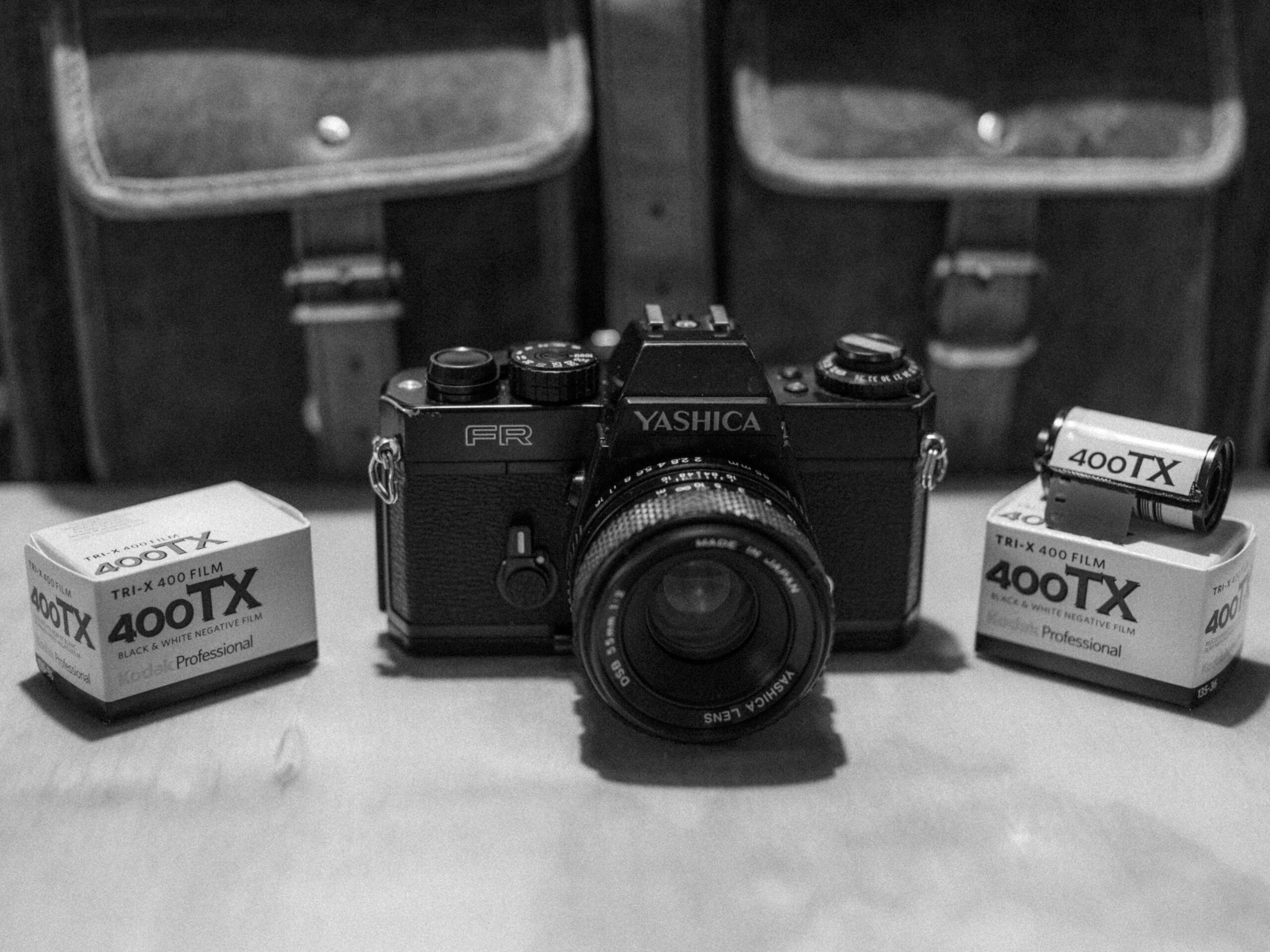
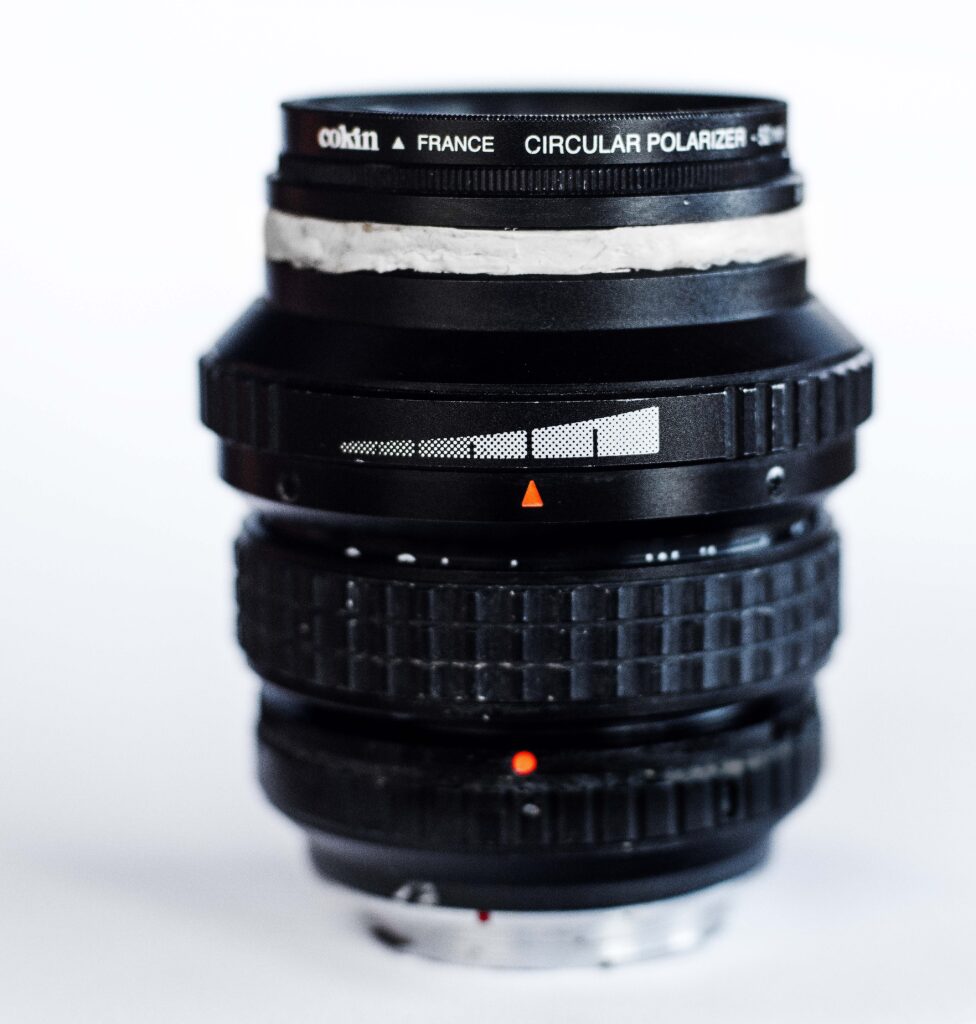
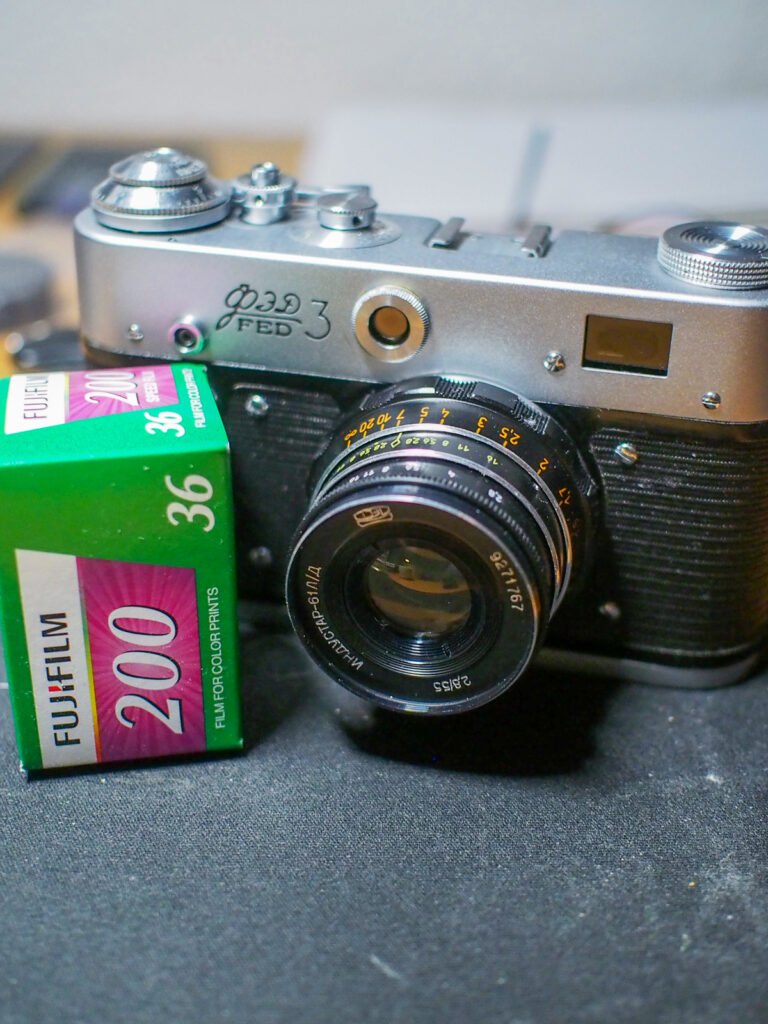
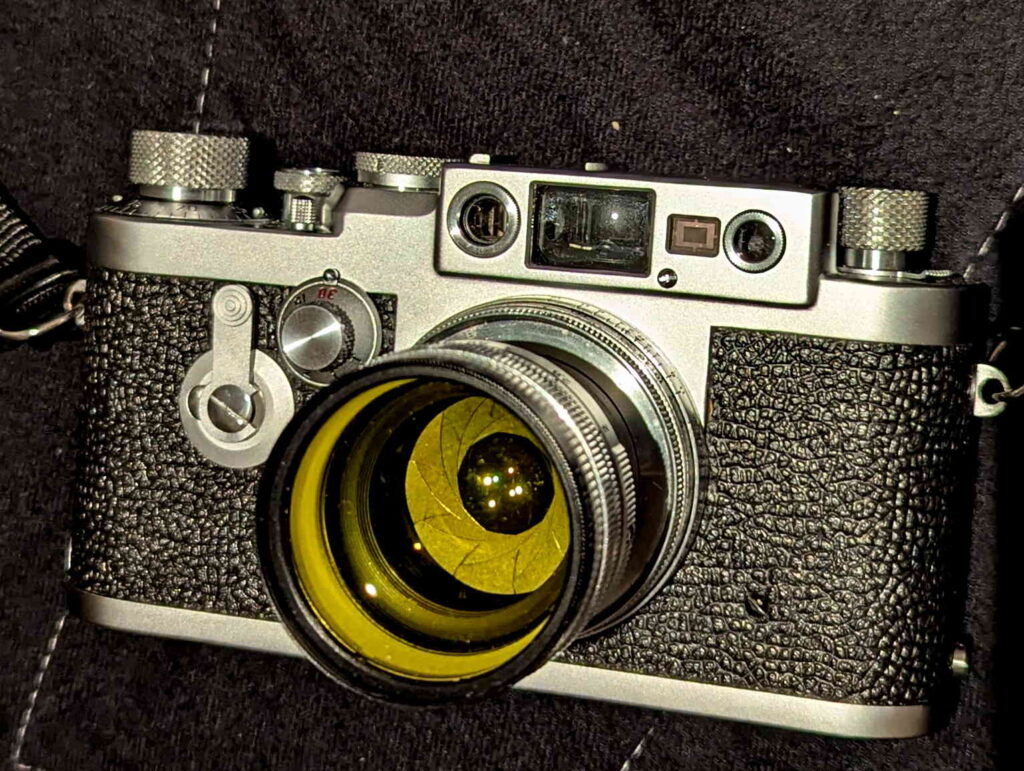

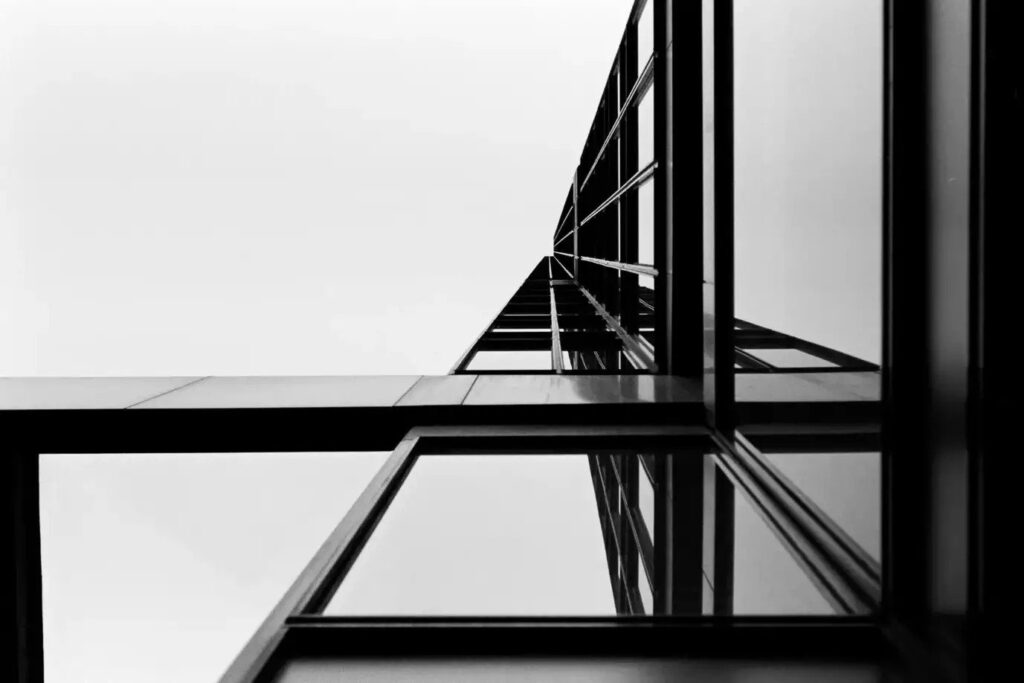
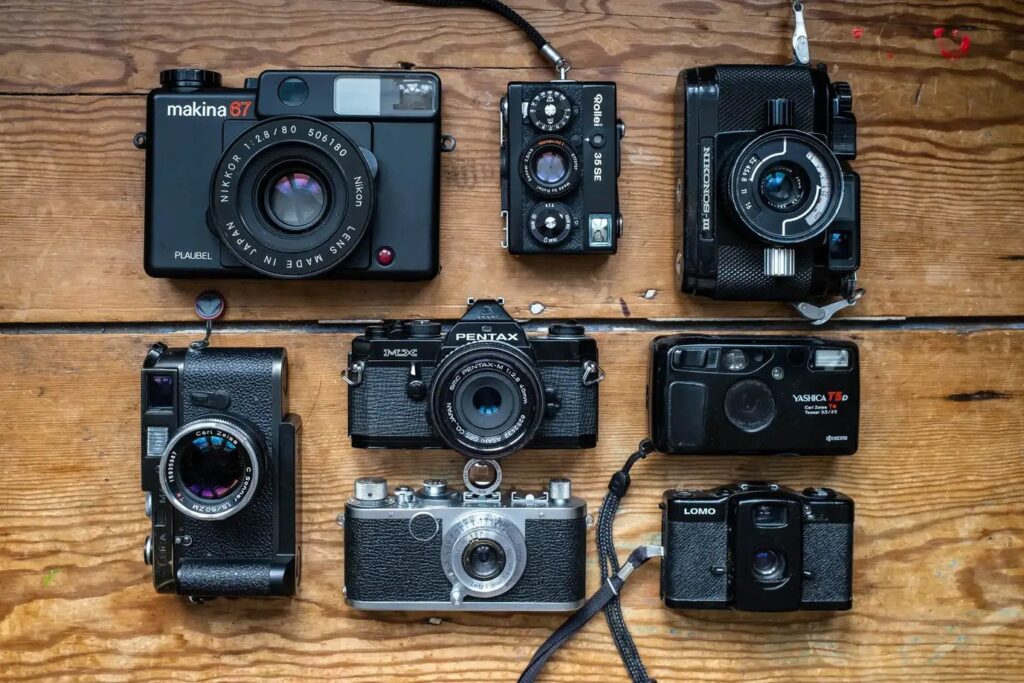
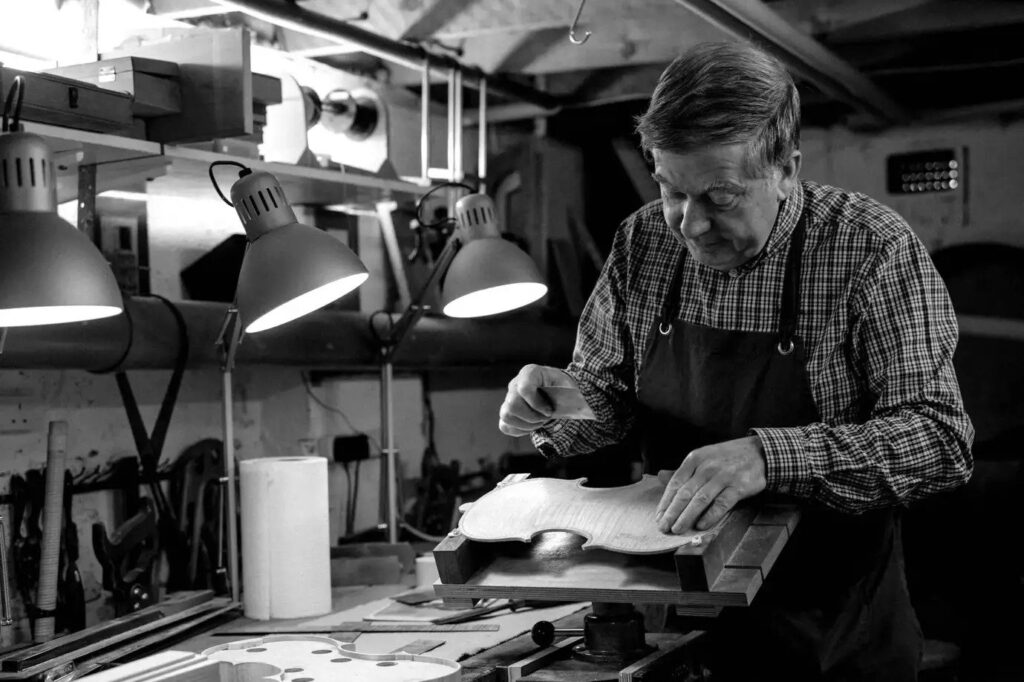
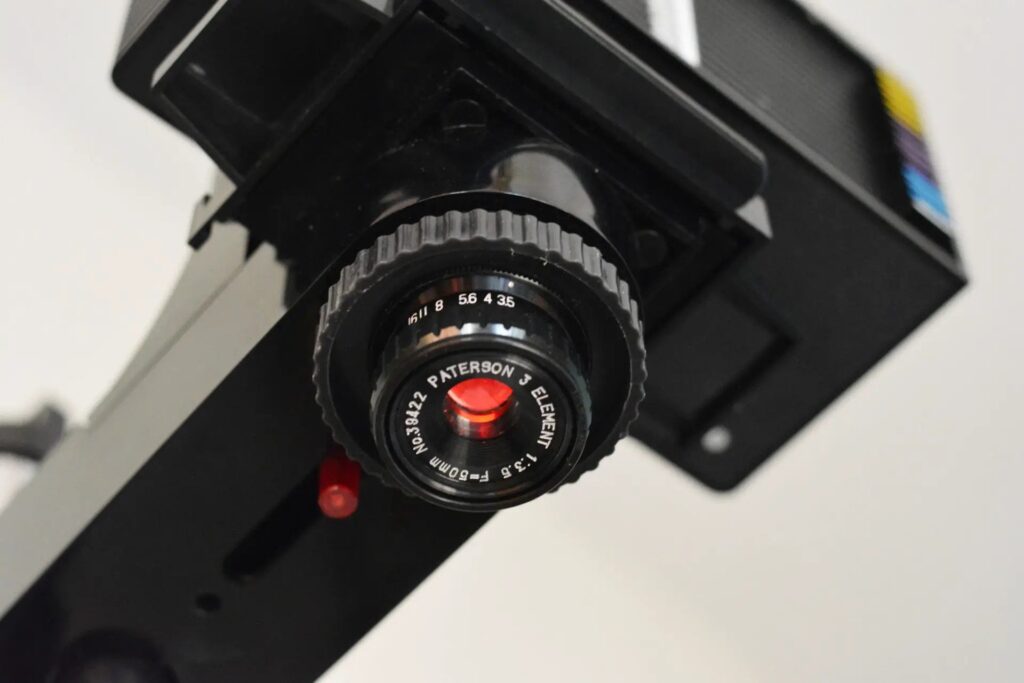
Comments
Safiyyah on 5 Frames of Kodak Tri-X @3200
Comment posted: 19/11/2024
Comment posted: 19/11/2024
Stephen Fretz on 5 Frames of Kodak Tri-X @3200
Comment posted: 19/11/2024
See: https://www.camcor.com/cat/Acufine-Developer-1-qt-AFD32.html
Comment posted: 19/11/2024
Laurence Kesterson on 5 Frames of Kodak Tri-X @3200
Comment posted: 19/11/2024
Comment posted: 19/11/2024
Russ Rosener on 5 Frames of Kodak Tri-X @3200
Comment posted: 19/11/2024
I thought you might be shooting with the Yashica FR. I have the FR 1 version and it's a strikingly a good SLR at a bargain.
Comment posted: 19/11/2024
Walt Polley on 5 Frames of Kodak Tri-X @3200
Comment posted: 19/11/2024
Comment posted: 19/11/2024
Alex Hayes on 5 Frames of Kodak Tri-X @3200
Comment posted: 21/11/2024